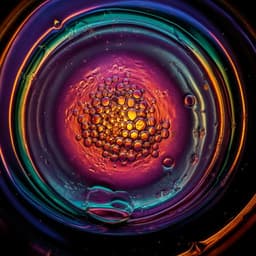
Materials Science
Structural changes during glass formation extracted by computational homology with machine learning
A. Hirata, T. Wada, et al.
Discover how Akihiko Hirata, Tomohide Wada, Ippei Obayashi, and Yasuaki Hiraoka utilized computational persistent homology and machine learning to unveil critical insights into the glass formation process of metallic glasses. Their findings reveal a transformative shift in atomic structures during cooling, paving the way for a deeper understanding of glass states.
~3 min • Beginner • English
Related Publications
Explore these studies to deepen your understanding of the subject.







